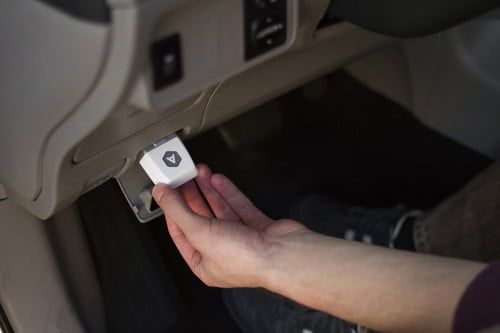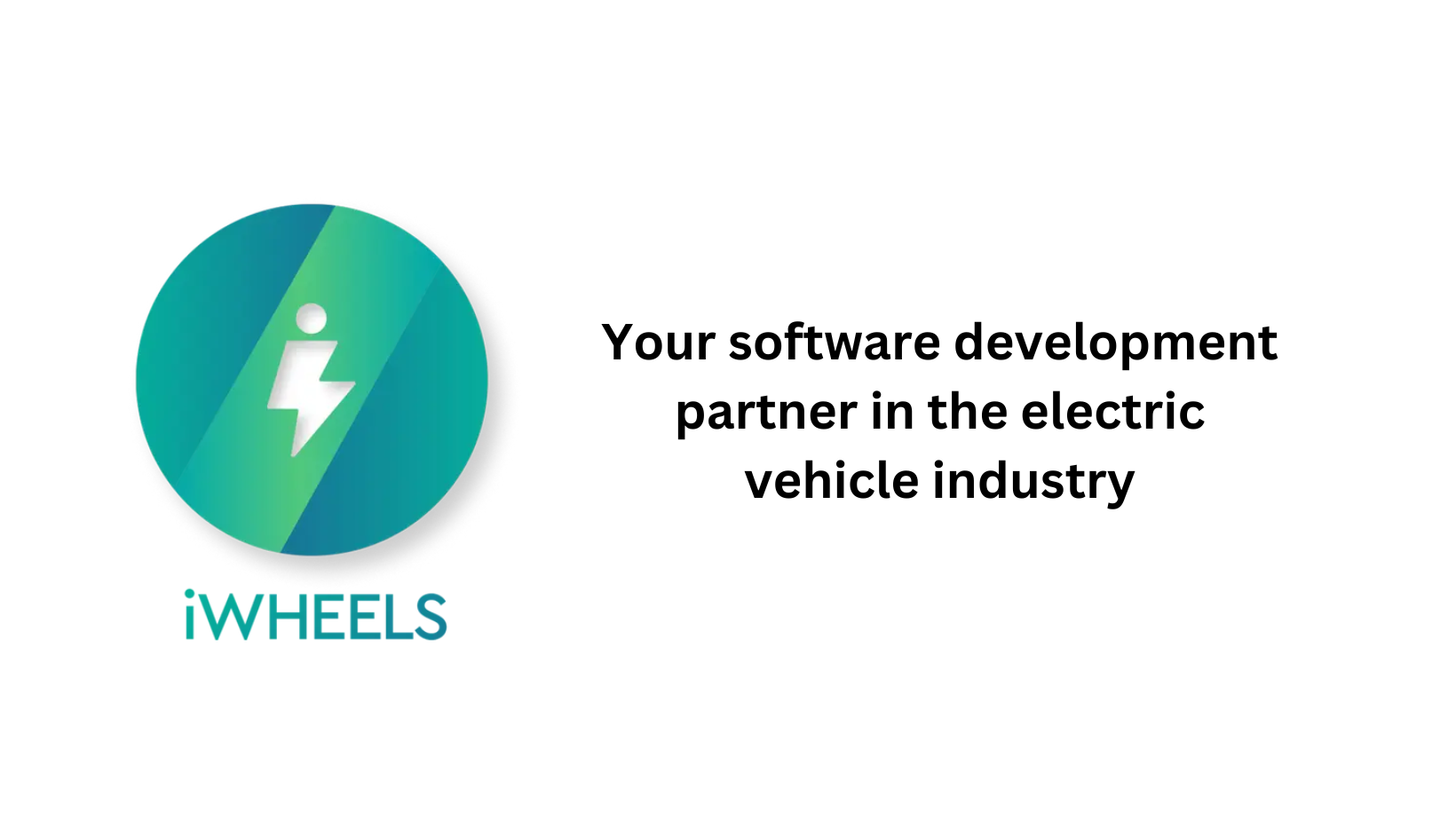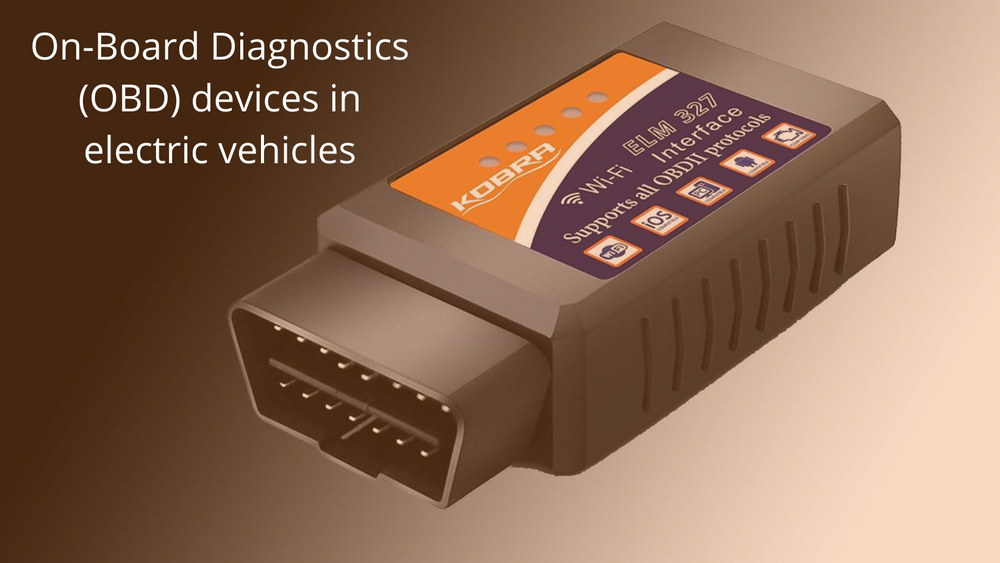On-Board Diagnostics (OBD) devices in electric vehicles
Hello People. This article is about On-Board Diagnostics (OBD) devices in electric vehicles. OBD ports assist workshop technicians in fault diagnosis. However, these early monitoring systems, known as OBD-I, were limited in scope. This gave way to the more sophisticated OBD-II technology, equipped with a standardized 16-pin OBD connector and displaying standard diagnostic trouble codes.
In the beginning, OBD-II ports were used by technicians as an access point to vehicle diagnostic data and emissions equipment conformance. These ports rapidly evolved into supporting plug-in devices that facilitated telematics systems, enabling remote diagnostics and track and trace services.

What is an OBD device?
An On – Board Diagnostic device, in short OBD, is a standardized system that permits the external electronics to interact with any vehicle. It can monitor fuel, engine temperature, emission standards, etc.
The OBD device is mainly used to know whether the vehicle is running efficiently and also has a vehicle tracking system.
Are you looking to start your business in the electric vehicle industry? We provide software development, web application development, mobile application development, charging stations management app, electric vehicle fleet management software development, cyber security and all software services. Please check our home page here https://iwheels.co/

Ok. Let's get back to the article.
How does the OBD- II device work?
Multiple sensors present in every vehicle namely engine sensors, pressure sensors etc. A computer is fixed to the vehicle, which is the Engine Control Unit (ECU), to which these sensors send signals to. The ECU collects all these information and incorporates them to make the necessary fixtures in the elements of the vehicle.
If in case the information or the data provided by the sensors to the ECU is complicated to understand, then a code called as Diagnostic Trouble Code (DTC) is saved. DTC are codes used by the manufacturer of the vehicle in order to interpret the problems occurring. The number that comes up first is known to indicate whether the code is in the for of SAE generic code, which applies to all OBD- 2 systems, or whether it is specific to the manufacturer.
In electric vehicles, the remote diagnostics market which is enabled by the IoT, the electrified powertrain is shifting the focus of diagnostics from the complex task of fault finding of the ICE and policing emissions, to more management-focused functions that monitor energy efficiency, thermal management, high voltage safety, EV charging efficiency.
Being the highest cost component in the EV powertrain, manufacturers are anxious to optimize performance and extend the lifetime of the battery. However, rapid charging, a high number of charge cycles, an overly sporty driving style, and extremely high or low ambient temperatures all place stress on the battery.
Battery-relevant data, such as ambient temperature and charging routine, is first transmitted in real time to the cloud, where machine-learning algorithms evaluate the information. The cloud services use this real-time data to optimize the recharging process and to provide drivers with driving tips on how to conserve battery power.
The widespread adoption of connectivity and the IoT opens the door to extending remote diagnostics to encompass repair and maintenance as well. Tesla vehicles are capable of diagnosing vehicle faults and maintenance issues and then automatically pre-ordering the parts for the repair.
Hope this article on On-Board Diagnostics (OBD) devices in electric vehicles is useful to you. To read about jobs in the Electric Vehicle Industry, please visit Job opportunities in Electric Vehicle Sector and its Charging Infrastructure industry




